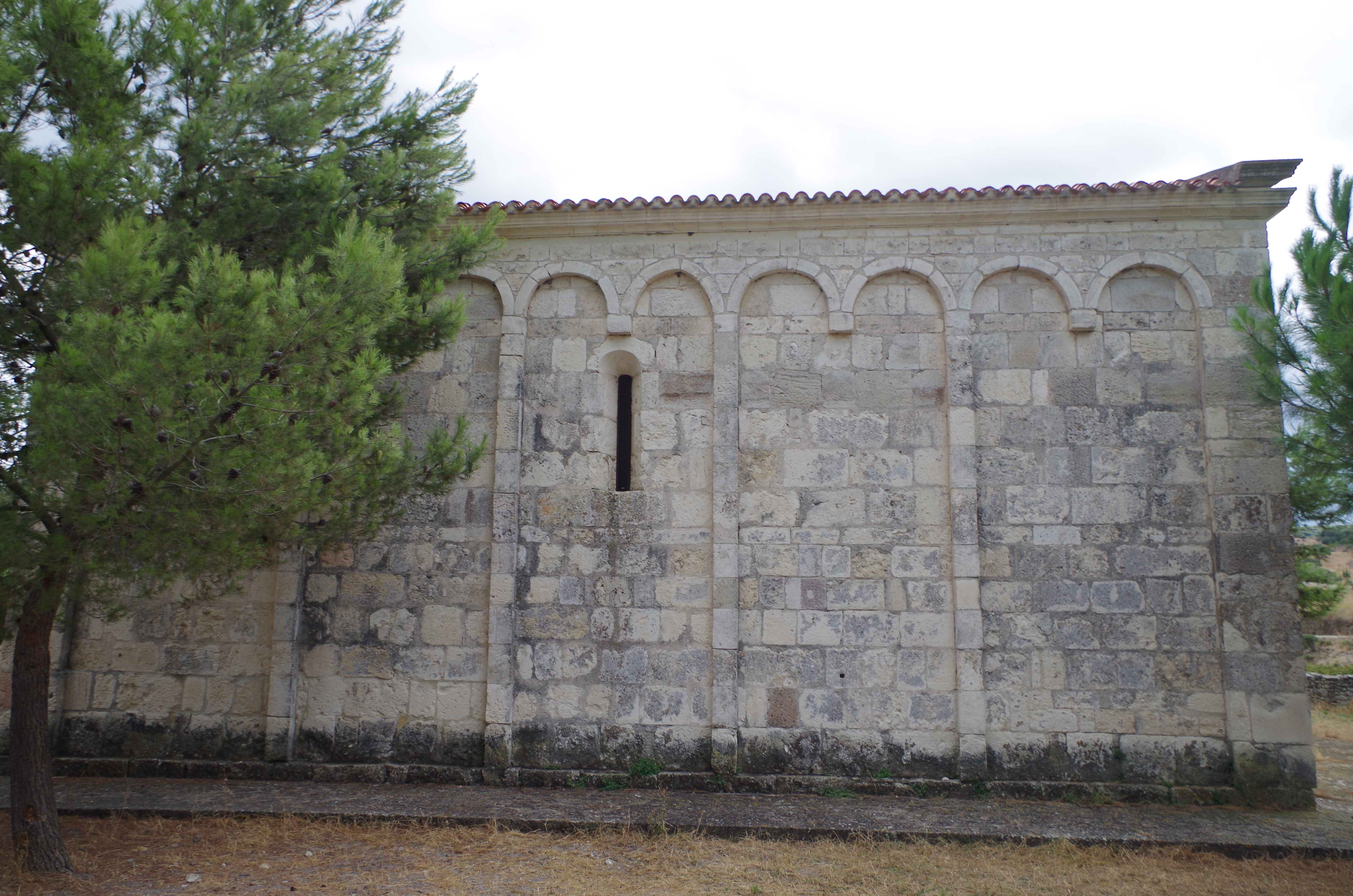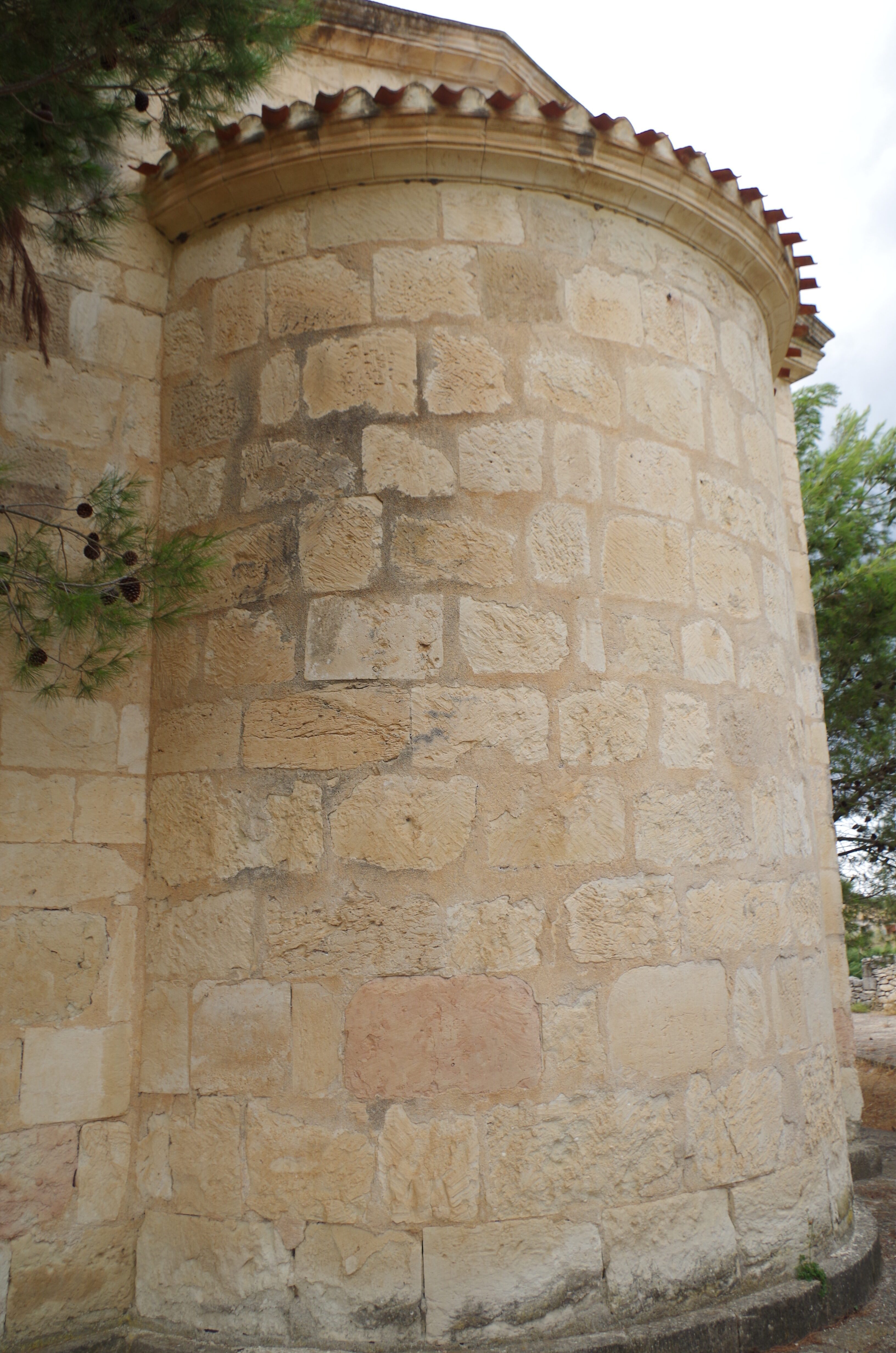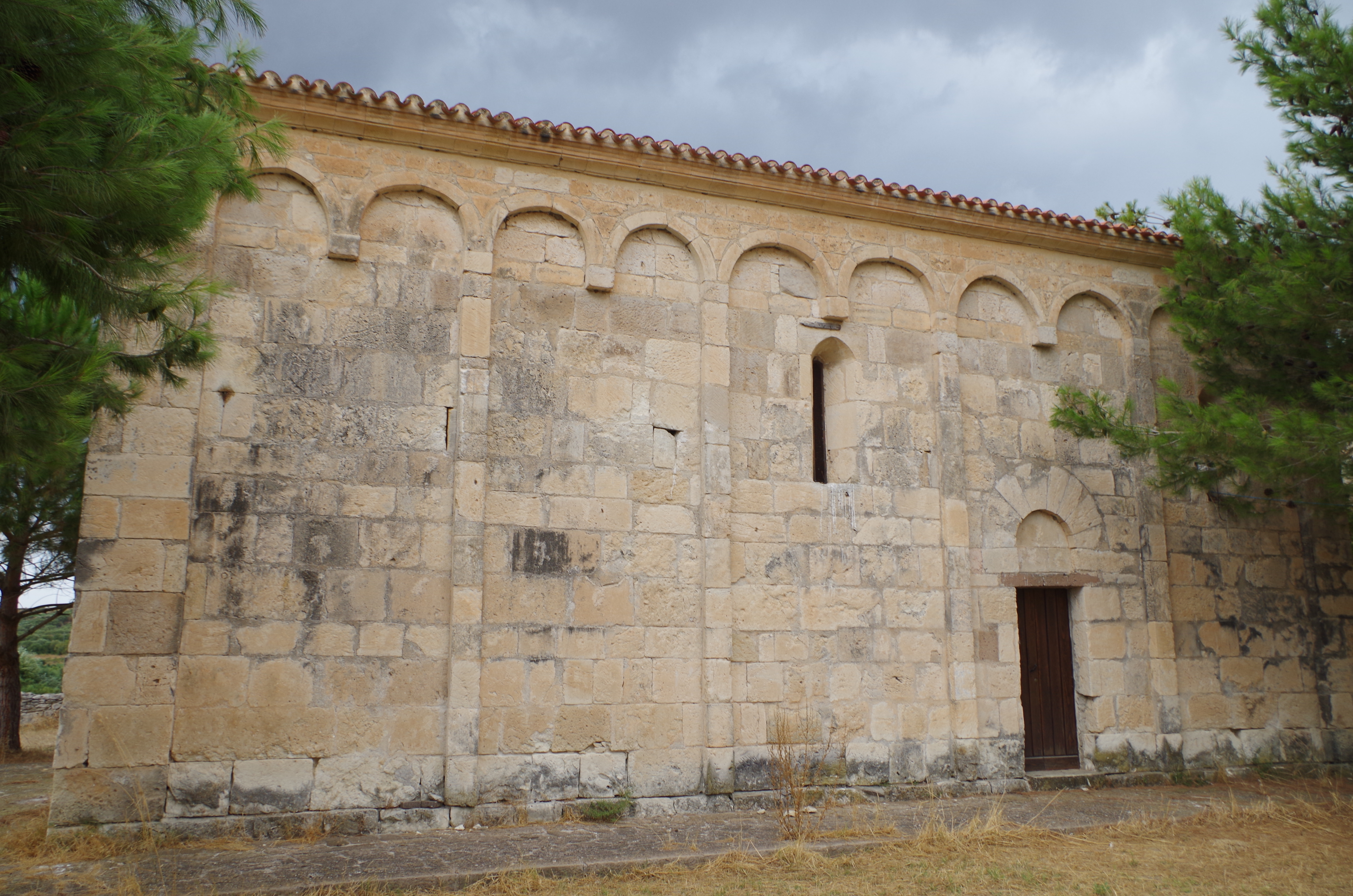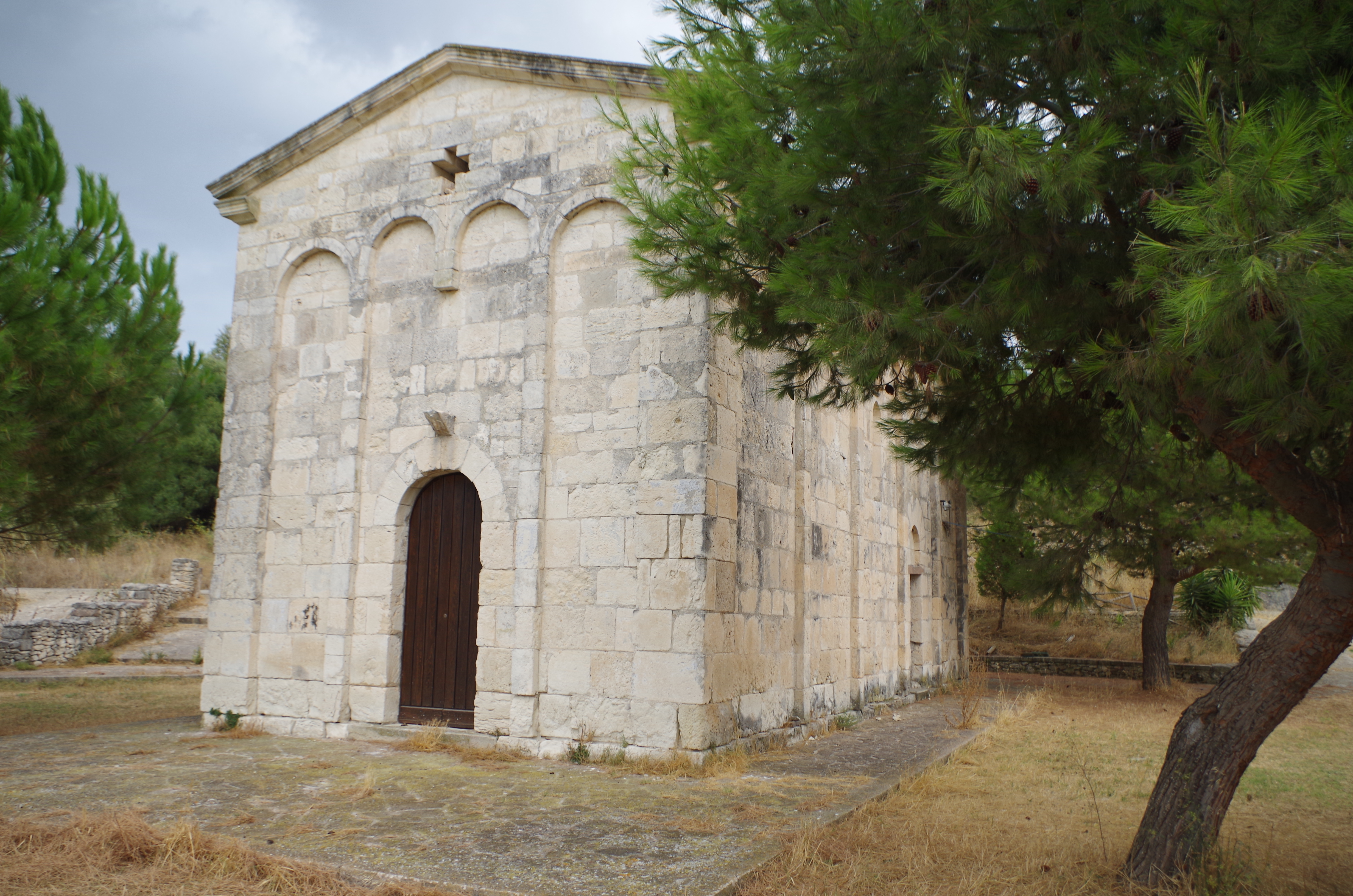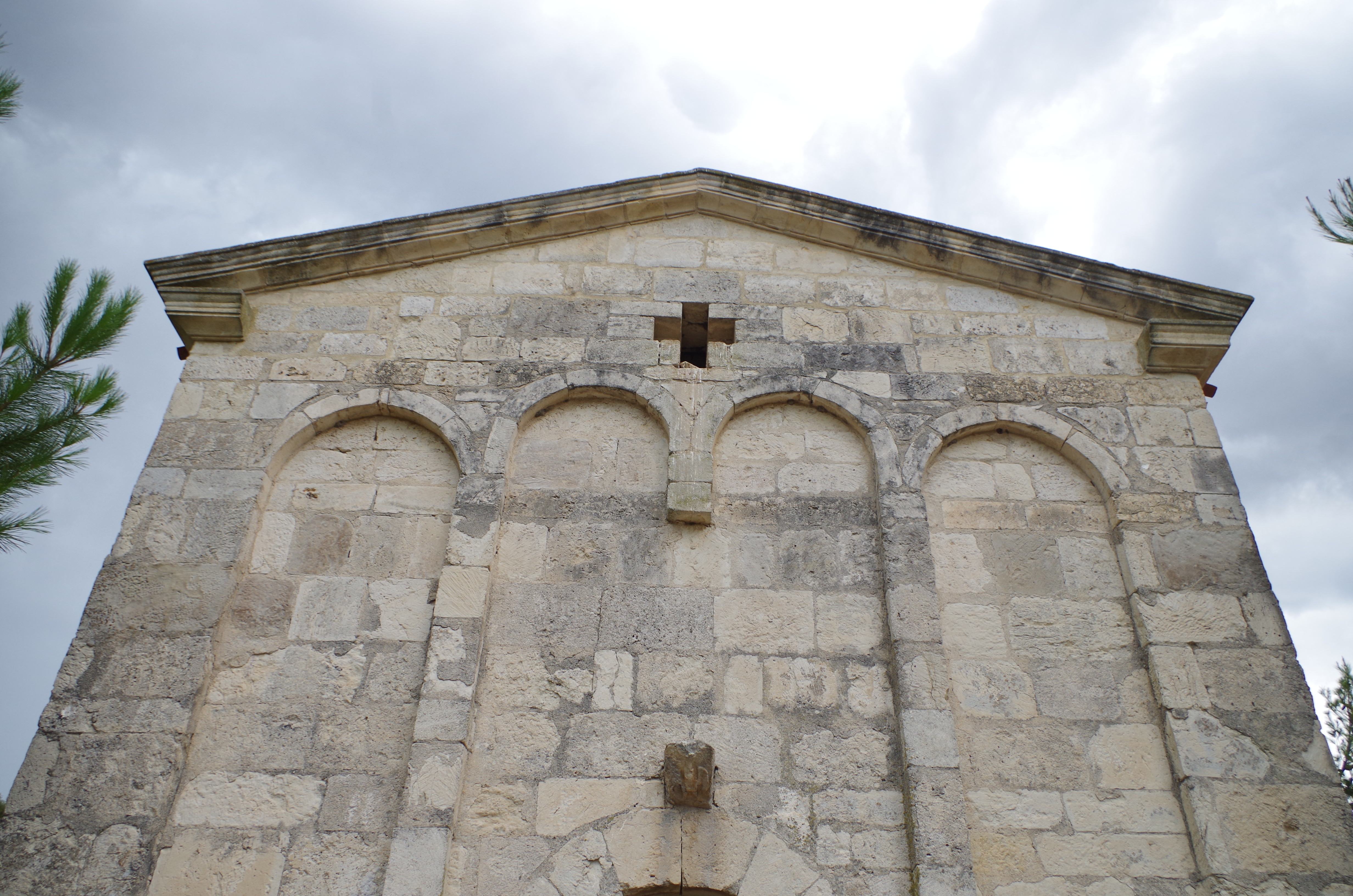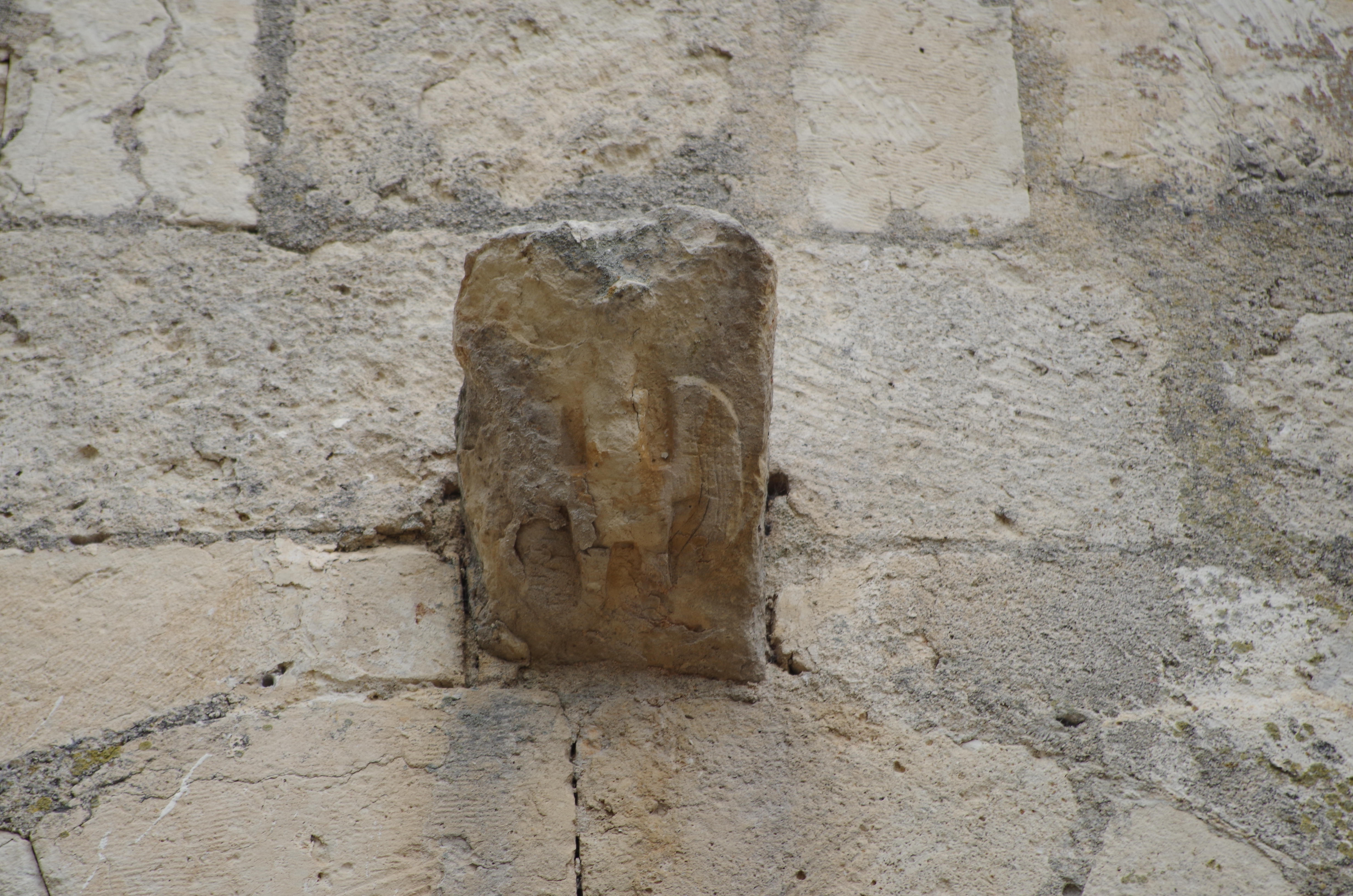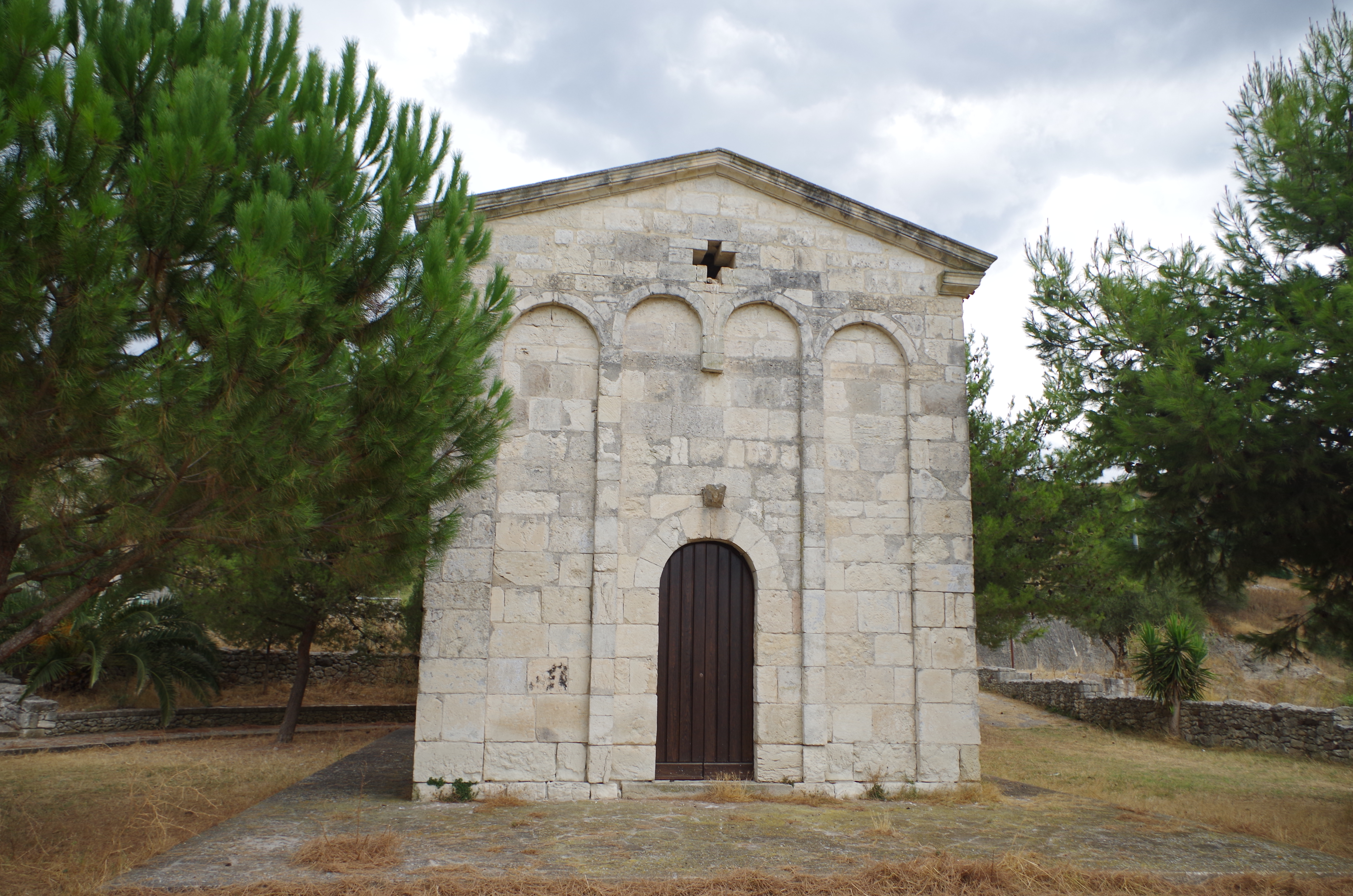Chiesa di San Leonardo di Cuga
Chiesa di San Leonardo di Cuga
The church of San Leonardo, whose origins date back to the second half of the 12th century, is an important example of Sardinian medieval religious architecture. Originally part of a monastic complex located in the villa of Cuga, within the Judicial Kingdom of Torres, this church has experienced a particularly interesting and troubled history.
Throughout its existence, the building has undergone several interventions. A plaque preserved inside the church attests to a significant restoration that took place in 1538, testifying to the continued importance of this place of worship through the centuries and the attention devoted to its preservation.
However, the most drastic event in the church's history occurred in the mid-20th century. The construction of the Cuga dam and the consequent creation of a reservoir threatened the very existence of the building. To preserve this precious architectural heritage, an extraordinary operation was undertaken: the church was completely dismantled and rebuilt in a higher location. This intervention, while altering the original context of the church, made it possible to safeguard its structure and historical-artistic value.
Architecturally, the church of San Leonardo has a longitudinal plan, typical of many Romanesque churches. The semicircular apse, facing west, deviates from the traditional orientation towards the east, adding an element of uniqueness to its configuration. This peculiarity could be the result of topographical constraints or specific liturgical requirements of the time.
The external appearance of the church is characterised by a refined decoration of arches and pilasters, typical elements of Romanesque architecture that give rhythm and plasticity to the wall surfaces. This ornamentation, present on the façade and sides of the building, enriches its aesthetics and testifies to the skill of the craftsmen of the time.
The strategically placed windows perform the dual function of illuminating the interior of the church and enriching its external appearance. The light filtering through these openings creates suggestive effects inside, emphasising the spirituality of the sacred space.
The church of San Leonardo is therefore a significant example of architectural and cultural resilience. Despite the challenges posed by the modernisation of the area, its preservation through dismantling and reconstruction testifies to the importance attached to this historical heritage. Today, the church continues to stand as a valuable document of Sardinia's religious and architectural history, offering scholars and visitors a unique opportunity to explore the island's medieval roots.
See photos in high definition
